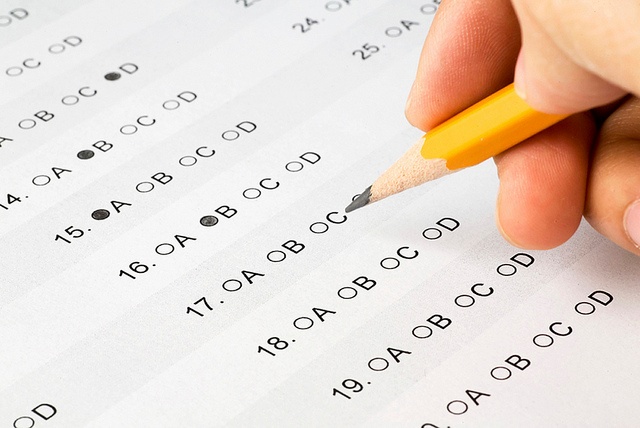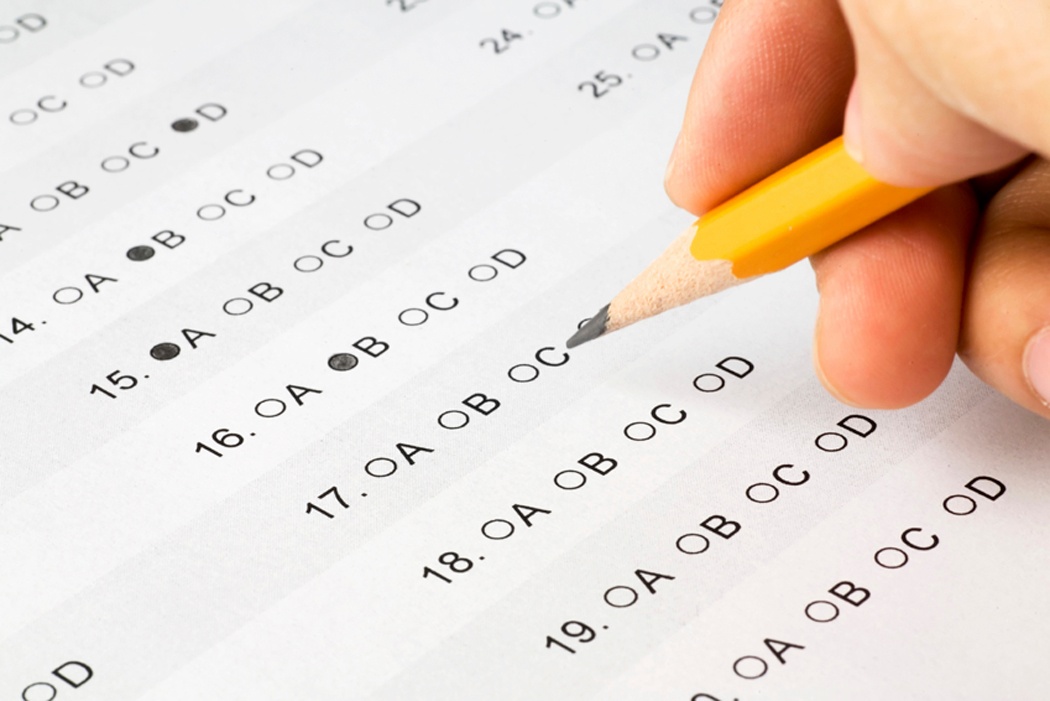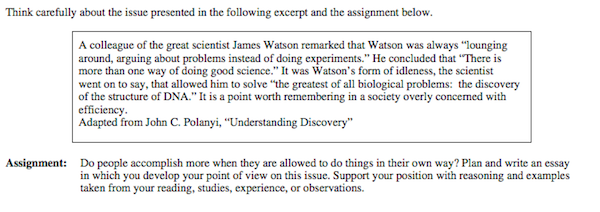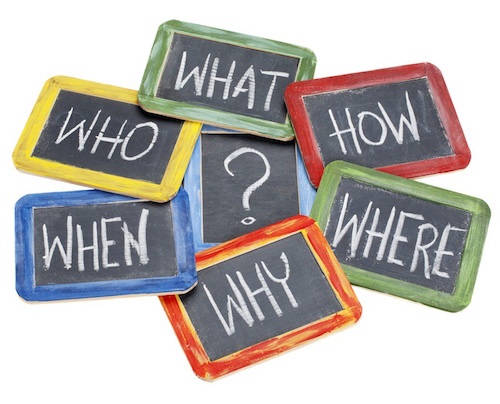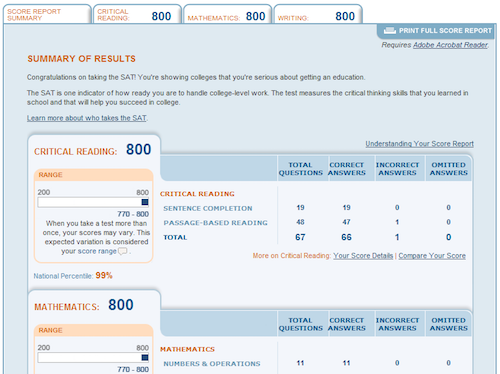The SAT and the ACT are both recently underwent updates: the ACT got a new writing test and some minor content tweaks, while the SAT was fully redesigned.
With all this change, it can be difficult to keep track of everything. I've created some simple charts that outline the basic differences in structure and content for the new SAT vs the ACT.
This post is more of an overview than a detailed side-by-side comparison, however, so for a more in-depth discussion of the differences between the updated versions of the two tests, you should take a look at our full breakdown of the SAT vs ACT here.







